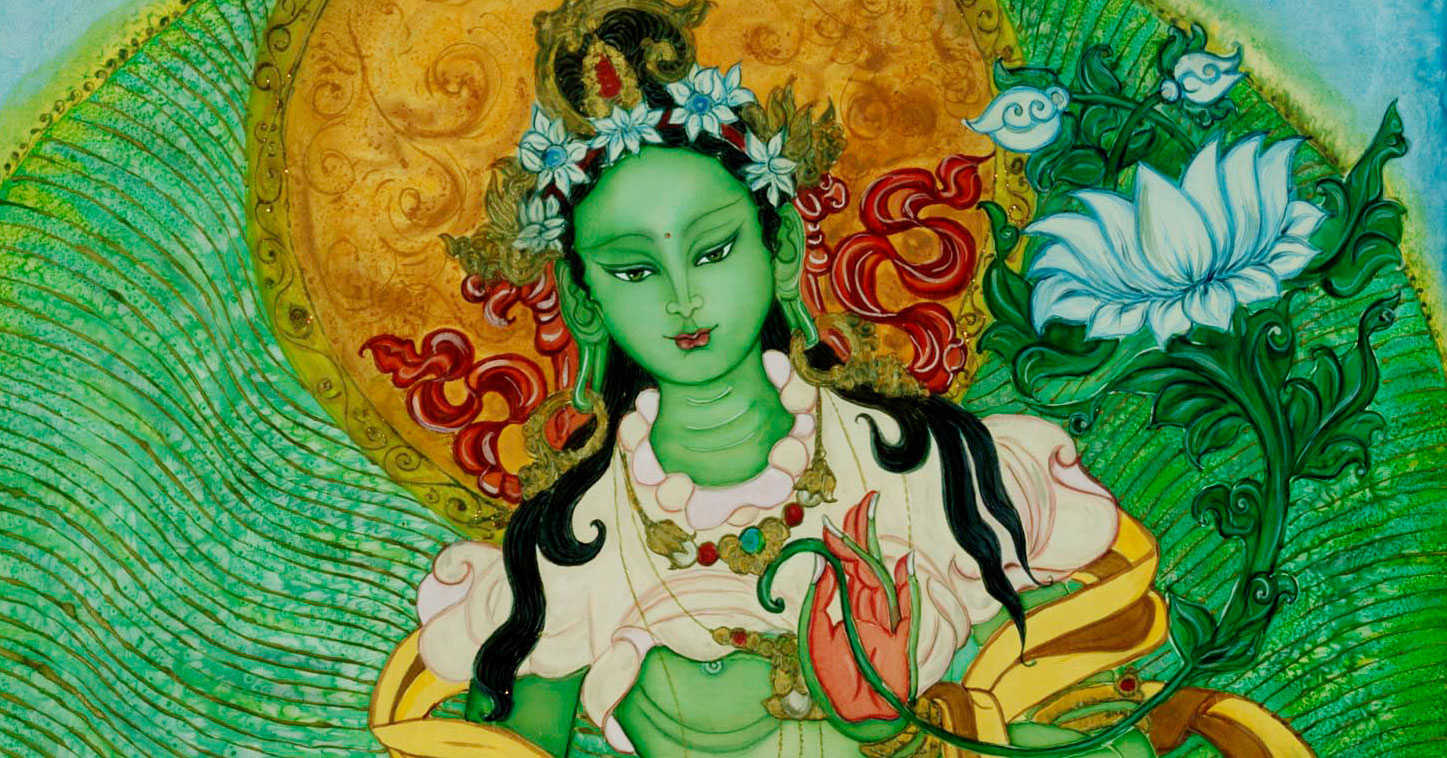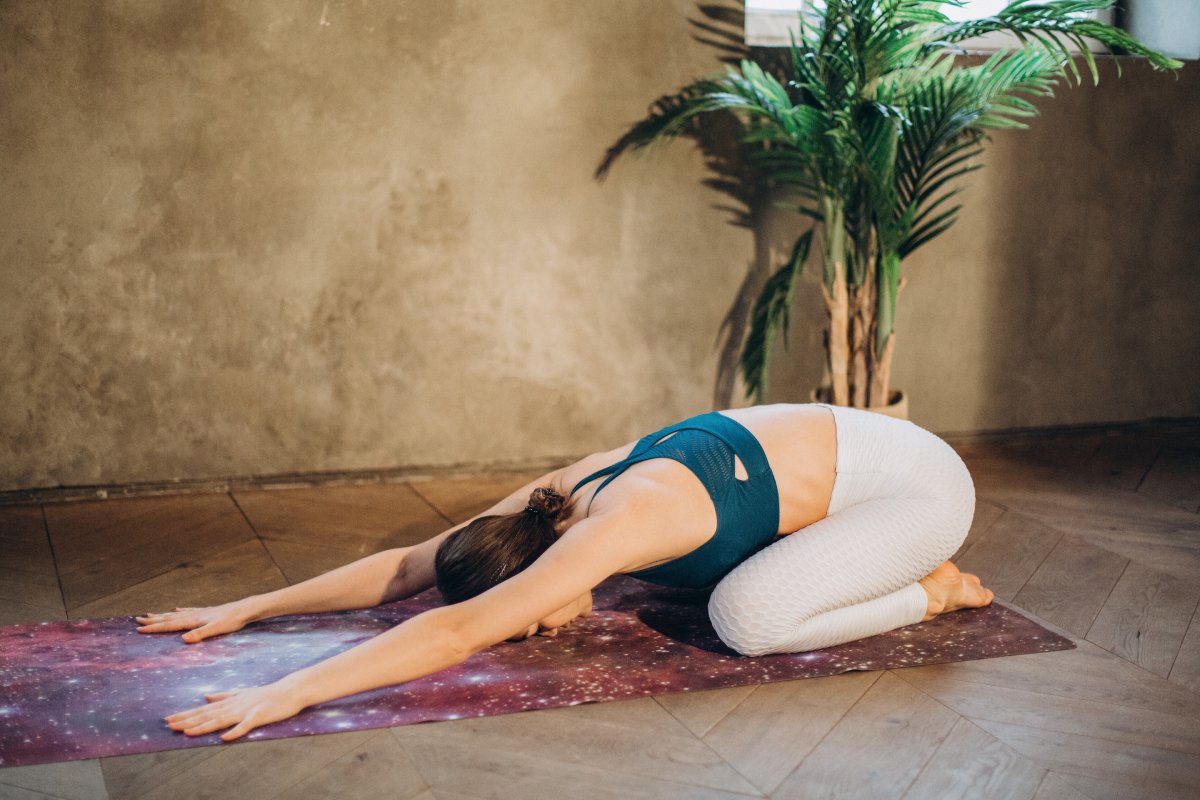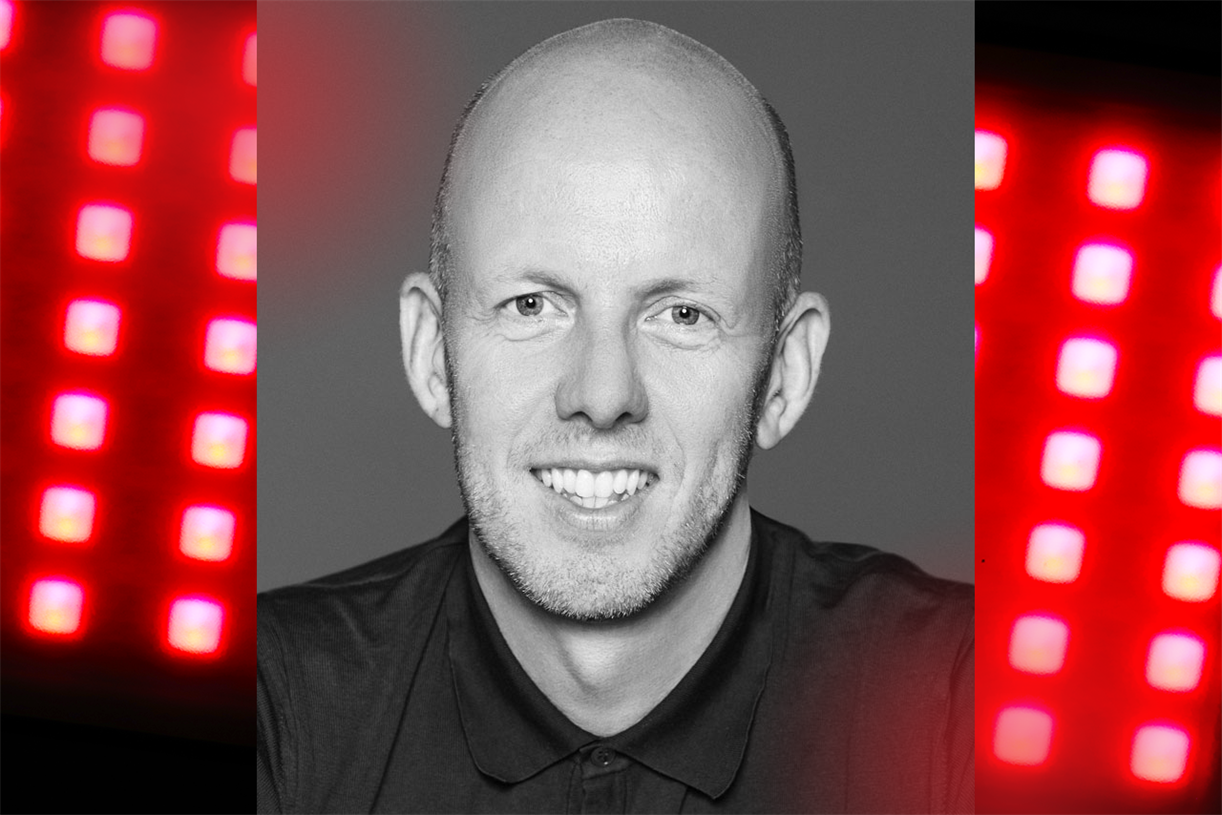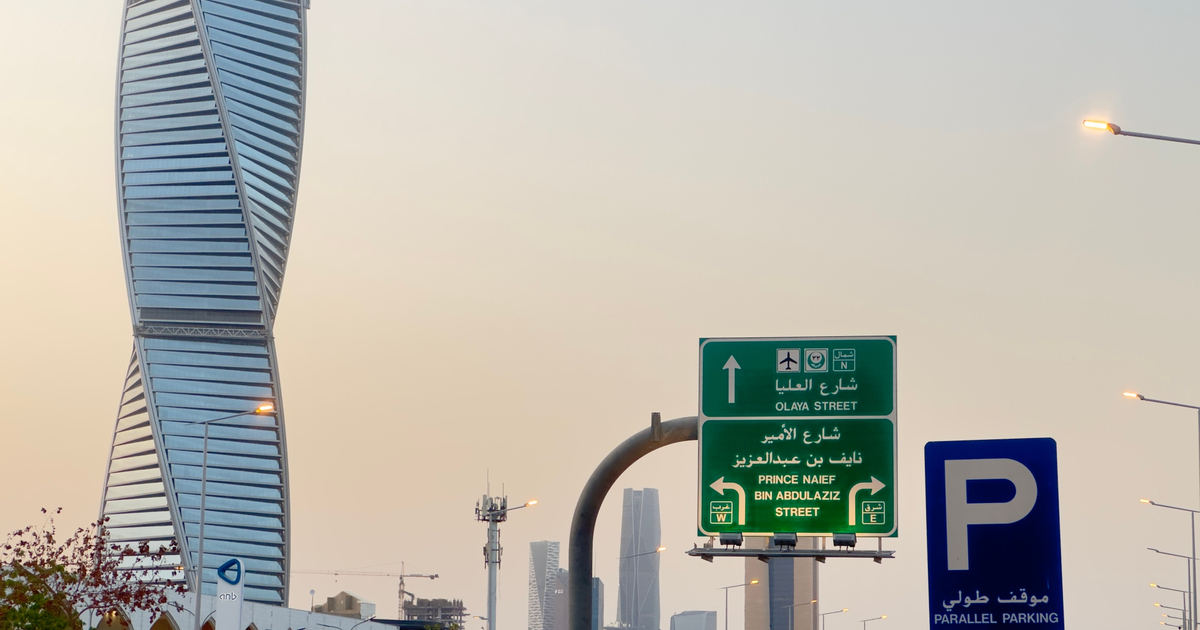Practicing on the Edge
How to work with fear in our meditation practice when we arrive at the limit of our comfort zone during meditation The post Practicing on the Edge appeared first on Tricycle: The Buddhist Review.
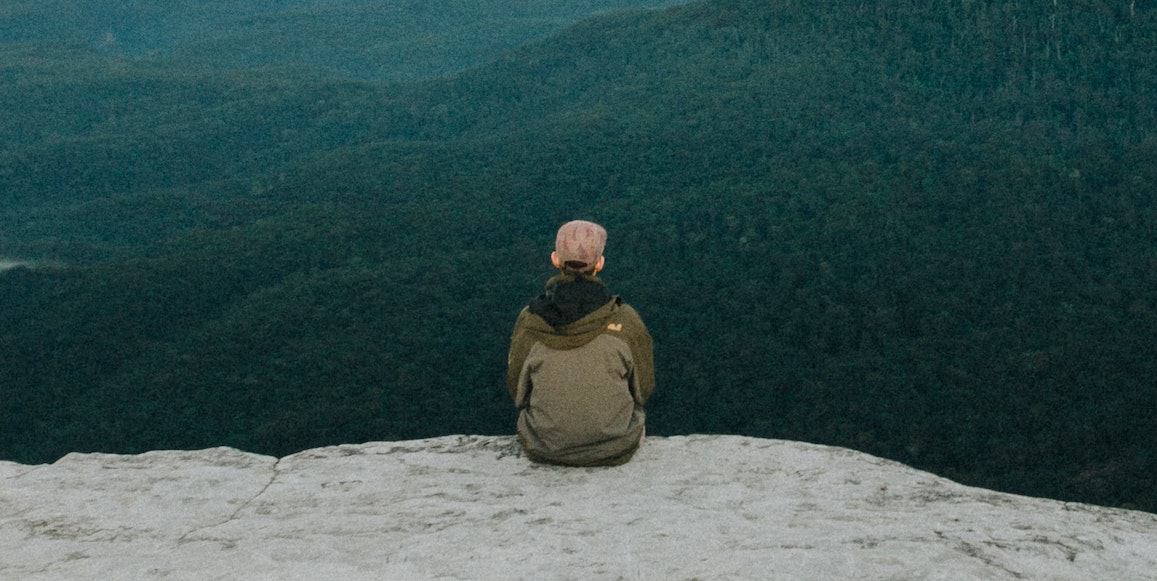
 Photo by Ben Warren
Photo by Ben WarrenEach month, Tricycle features articles from the Inquiring Mind archive. Inquiring Mind, a Buddhist journal that was in print from 1984 to 2015, has a growing number of articles from its back issues available at www.inquiringmind.com (help Inquiring Mind complete its archive by donating here). Today’s selection from the Spring 2003 issue, Fear and Fearlessness, was adapted from a talk by Joseph Goldstein.
When I imagine the mind of the Buddha, I think of a mind without boundaries, a mind without limits and therefore without fear. I see our own path to awakening in this light. On our journey of opening, we come to the boundaries of what is familiar or what is comfortable. It’s precisely at these boundaries that the deeply conditioned pattern of fear begins to emerge. We find ourselves being afraid of what in any particular moment is the truth of that moment. We need to learn how to work with this fear. Otherwise, our lives become fragmented; we split off from parts of ourselves, from parts of what is true in experience.
In our meditation, when we reach the boundary where fear begins to arise, we can slowly train ourselves to relax and open. Through this practice, we develop a great strength and equanimity of mind. The first step is learning to see what it is that we’re afraid of. In this way, we come to recognize it clearly, to see what limits us and then to explore the possibilities of going beyond those limits.
The most obvious experience where fear may arise—and the one we can work with the most simply—is of physical pain. We’ve been very conditioned in our lives to avoid unpleasant sensations. We can see how this manifests in meditation practice; if we’re not really mindful, we automatically shift our position simply to alleviate discomfort. There’s a teaching in Buddhism that says: “Movement masks suffering.” Usually, we think we move because we really want something. But it’s interesting to see it from the other side, that we’re often moving simply to avoid dealing with what’s present. It’s an instructive exercise to watch throughout the day, to investigate why we move. Seeing this begins to change our relationship to pain.
To work skillfully with pain and discomfort, and to slowly decondition the response of fear, we need to recognize different kinds of pain. First, there is pain as a danger signal. We put our hand in fire; it hurts; we take it out. The Dalai Lama calls this response “wholesome fear,” which is really another word for wisdom.
We also can experience pain when we feel accumulated tensions or old traumas stored in the body. Often, in meditation, it’s the discomfort of that untangling that we’re feeling. Understanding discomfort as an unwinding can create a sense of interest and a certain quality of ease.
There are also stages in our practice, stages of insight, where unpleasant sensation is just what’s characteristic of that stage. It’s very useful to know this, because our common interpretation is that pleasant is good and painful is bad. A painful sitting may well be a deeper place of practice than a comfortable one.
So the first area where we can see fear arising is with physical pain. We come to the edge, the boundary, of what is acceptable, and right there is the place to practice. It also can be helpful to turn our attention to the knowing of the pain, to the awareness itself. We might think of awareness as an open window; everything that’s known is simply appearances, things arising in the openness of the window. But the openness of the window is not affected by anything that appears in it. To the degree that we are recognizing, or abiding in, the openness, we stay in a place of equanimity.
We also come to our boundary of comfort with certain memories or images which arise in the mind. They may come as memories of specific things that happened in our past. Or they may be archetypal images of cruelty, of rage. If we’re not mindful just in the moment when these images arise, they may be the cause of great fear.
When my teacher Munindra first came to this country, he asked me to rent him videos of violent movies, like The Texas Chainsaw Massacre. He kept saying, “Show me the worst!” He was showing me that no matter how frightening, it was really just an image, just a movie. It’s exactly the same for whatever is arising in our minds. When we remember that, we can see through the images that come up so we don’t get caught in fear.
There’s a Zen story of a monk who lived in a cave in the mountains. He spent years making a painting of a tiger on the wall of the cave. It was so realistic that when he finally finished it and looked at it, he got frightened. We do that a lot. We paint pictures in our minds, look at them, and get frightened. When we see this happening, it may be useful to note, “Painted tiger.” We don’t need to buy into the fear.
Fear also may arise when we are not accepting of difficult and painful emotions, such as unworthiness, jealousy, abandonment, rage or hatred. Fear and non-acceptance of emotions leads to insecurity and fragmentation within us. It’s as if some part of us is split off. Through the inner pressure not to feel these emotions, not to acknowledge them, we construct a self-image that we then present to the world. We start looking to others for validation because we have not opened to and accepted the full range of what’s within us.
It’s essential in our practice that we open to these emotions in just the same way we learned to open to physical pain. This does not mean searching for great emotional catharsis. But when such painful feelings do arise, we need to see that they are often bringing us to the boundary of what we’re comfortable with. That’s exactly the place we want to be, a place of further acceptance and opening.
The great power of meditation practice in this realm is that we slowly begin to see the empty, transparent, insubstantial nature even of powerful emotions. Whenever intense emotions such as rage or unworthiness arise, we might try to see them all as kids dressed up in Halloween costumes—ghosts and pirates and witches. When trick-or-treaters come to our doors, usually we’re not frightened. We could see all of the emotions that are arising in the mind in the same way—just little kids in costumes.
Just as with physical pain, certain images or powerful emotions, we also come to an edge in our deepening experience of change or loss. The Buddha would often say, “Whatever has the nature to arise will also pass away.” (In truly hearing this, the listener would often become awakened.) Although the truth of this is obvious, we don’t usually plumb the depth of what it means. Decay and falling apart—impermanence—is inherent in all conditioned, constructed things. It’s not that something goes wrong or that something’s a mistake. Change is the nature of every single aspect of our experience. Not opening to the truth of change and impermanence often becomes a fear of death. As a way of freeing our minds from this fear, the Buddha recommended that we reflect on the inevitability of death every day.
There’s a teaching story of somebody jumping out of an airplane. The first reaction to the freefall is tremendous enthusiasm and exhilaration. But when the jumper realizes that she doesn’t have a parachute, there’s tremendous fear. Then, at a certain point, she realizes there’s no ground; so she relaxes and enjoys the ride. We go through similar stages in our meditation as we see the truth of change; we move from exhilaration, to fear, to a place of equanimity and ease where we understand the empty nature of it all.
Here are a few last thoughts on ways to work with fear. First, we need to recognize it when it appears. It can be helpful to note, “Fear, fear, fear,” watching that the tone of voice is friendly. This noting is a shorthand for that quality of mind which is open and accepting. Relating to fear itself with the quality of lovingkindness and of interest in what’s happening gives us the courage to be with things just as they are.
In our meditation practice, we might experiment with playing at the edge of our comfort zone. Maybe it means sitting a little longer; maybe it means what Goenka-ji, one of my teachers, called “vow hours.” We might take some period of time in a sitting when we make a determination not to move. This may bring us right to the edge of what we’re willing to be with, and at that edge fear may arise. In this way, we learn how to relax, to accept that “It’s okay; let me feel it.” Of course, we need the wisdom and courage to know when the suffering or the pain is too much. We may need to back off from it until we again find some balance.
The Dalai Lama, with his usual wisdom, has given some simple advice on working with fear: “If you have some fear of pain or suffering, you should examine whether you can do anything about it. If you can, there is no need to worry. If you cannot, then there’s also no need to worry.”
⧫
Related Inquiring Mind articles:
“On Fear & Fearlessness: A Conversation with Tenzin Palmo, Yvonne Rand, Ajahn Sundara & Ajahn Jitindriya”“The Terror Within”
“Awakening From the Trance of Unworthiness”

Get Daily Dharma in your email
Start your day with a fresh perspective

Explore timeless teachings through modern methods.
With Stephen Batchelor, Sharon Salzberg, Andrew Olendzki, and more
![]()
Thank you for subscribing to Tricycle! As a nonprofit, we depend on readers like you to keep Buddhist teachings and practices widely available.
This article is only for Subscribers!
Subscribe now to read this article and get immediate access to everything else.
Already a subscriber? Log in.

 Tfoso
Tfoso 









